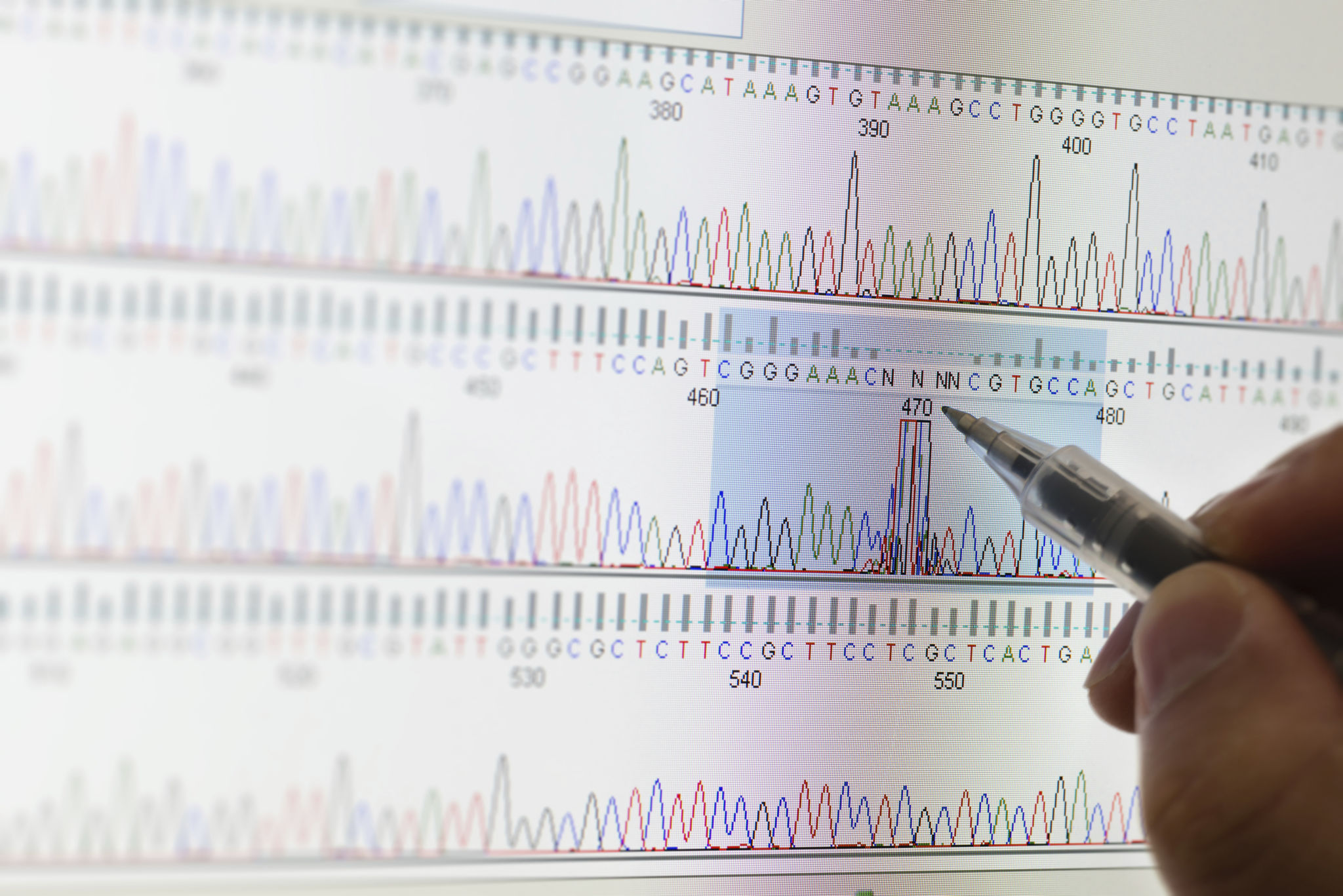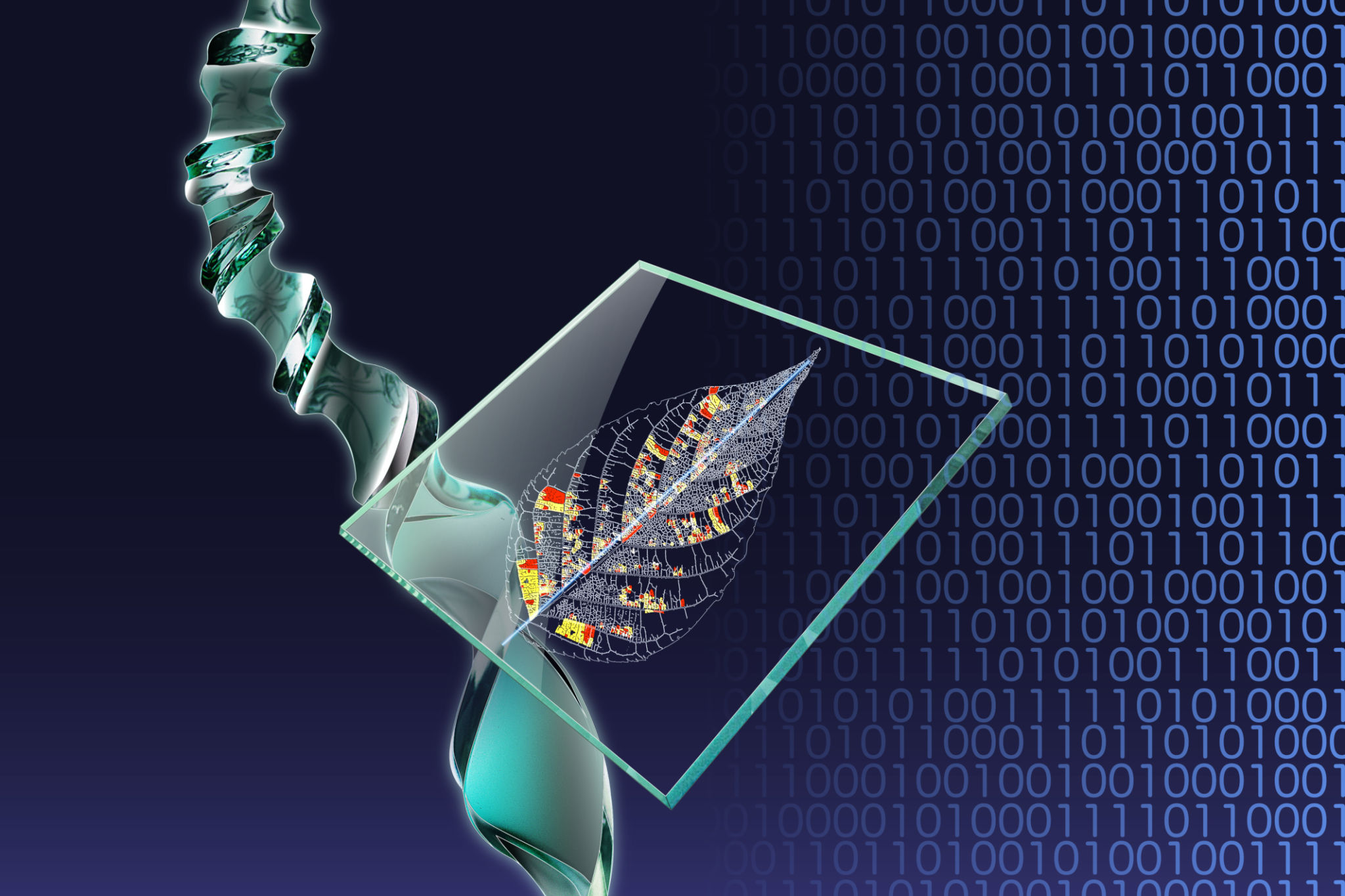Understanding Bioinformatics: A Guide for Health Enthusiasts
What is Bioinformatics?
Bioinformatics is an interdisciplinary field that combines biology, computer science, and mathematics to analyze and interpret biological data. With the explosion of genomic information, bioinformatics has become essential in understanding complex biological systems and advancing health research. This field allows researchers and health enthusiasts to explore vast datasets to uncover new insights into diseases, genetics, and treatment options.

The Importance of Bioinformatics in Health
In the realm of health and medicine, bioinformatics plays a crucial role in various aspects. It aids in the identification of genetic markers for diseases, which can lead to early diagnosis and personalized treatment plans. Additionally, bioinformatics tools are used to study the evolution of viruses, helping scientists develop effective vaccines and treatments. The ability to process and analyze large amounts of biological data quickly and accurately makes bioinformatics an invaluable tool in modern healthcare.
Moreover, bioinformatics supports drug discovery by predicting how new compounds will interact with biological systems. This accelerates the development of new medications and therapies, ultimately leading to better patient outcomes. As the field continues to evolve, its applications in precision medicine and public health are expected to grow significantly.
Key Concepts in Bioinformatics
To understand bioinformatics, it's essential to grasp a few key concepts that form the foundation of this field. Some of these include:
- Genomics: The study of an organism's complete set of DNA, including all its genes. Genomics provides insights into the genetic basis of diseases.
- Proteomics: The large-scale study of proteins, their structures, and functions. Proteomics helps in understanding disease mechanisms at the molecular level.
- Algorithms: Computer-based methods used to analyze biological data. These algorithms are crucial for identifying patterns and making predictions.

Tools and Technologies in Bioinformatics
Bioinformatics relies on various tools and technologies to manage and analyze biological data. Here are some commonly used resources:
- Sequence Alignment Tools: These tools compare DNA, RNA, or protein sequences to identify similarities and differences, aiding in evolutionary studies and gene identification.
- Database Management Systems: Databases like GenBank and EMBL store vast amounts of genetic information that researchers can access for analysis.
- Visualization Software: Tools that allow scientists to visualize complex data sets in a comprehensible manner, facilitating better understanding and communication of results.
These tools not only enhance research efficiency but also enable health enthusiasts to explore biological data more intuitively.
Bioinformatics for Health Enthusiasts
If you're a health enthusiast looking to delve into bioinformatics, there are several ways you can get involved. Online courses, workshops, and tutorials can provide a solid foundation in the basics of bioinformatics. Additionally, joining online forums and communities can connect you with like-minded individuals who share your interest in health and technology.

The Future of Bioinformatics in Healthcare
The future of bioinformatics is incredibly promising, with advancements continuing to reshape the landscape of healthcare. As technology improves, we can expect more precise diagnostic tools, personalized treatment plans based on genetic profiles, and innovative therapies that target specific molecular pathways. For health enthusiasts, staying informed about these developments will be crucial in understanding the future of medicine.
Ultimately, bioinformatics is a gateway to unlocking the mysteries of biology and improving human health. By embracing this exciting field, health enthusiasts can contribute to groundbreaking discoveries and better understand the intricate connections between genetics, environment, and disease.
